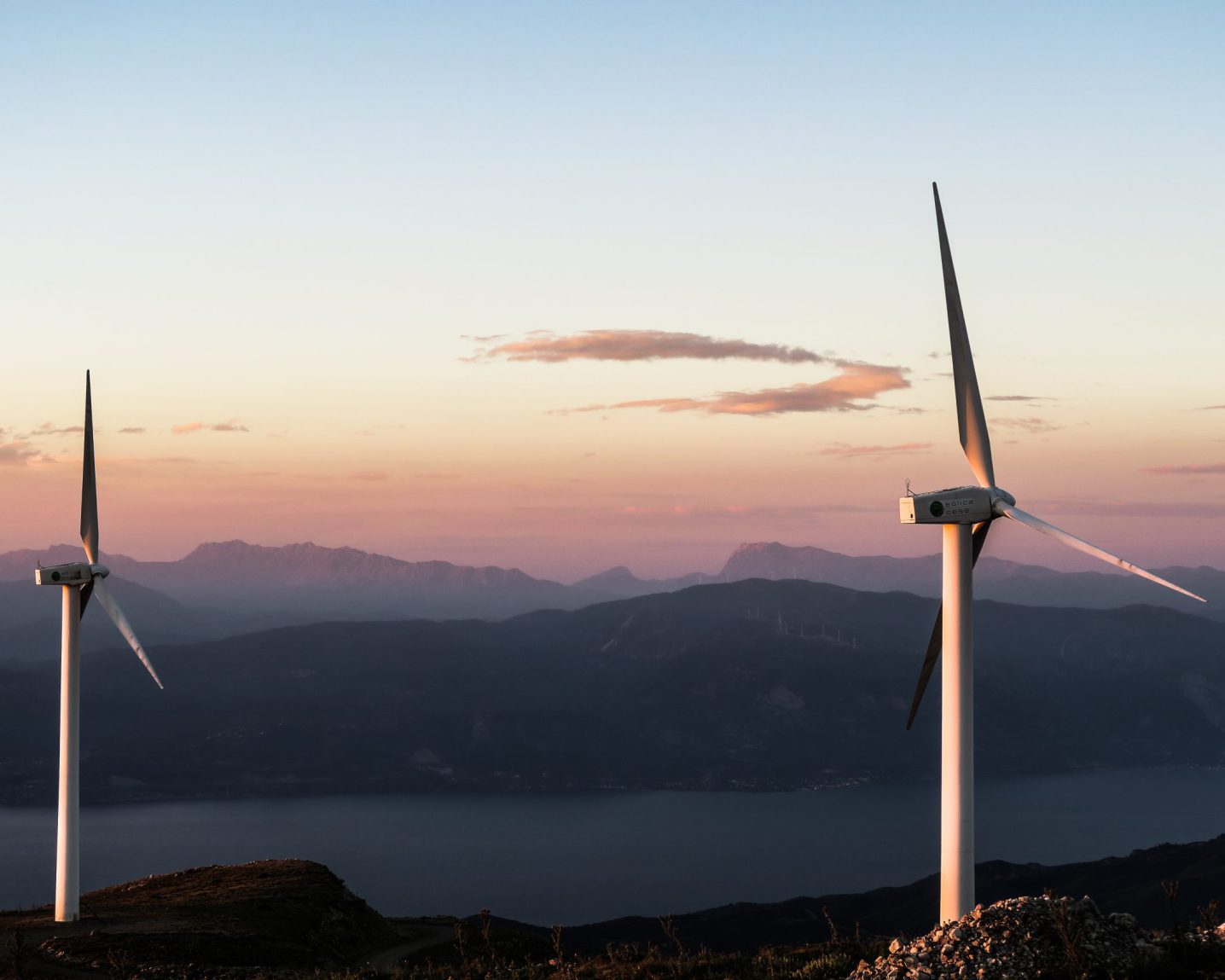A Guide to Smart Energy Systems
In the news, you hear more and more about challenges around grid congestion and the energy transition. The electricity grid is therefore under pressure. There are solutions to relieve the grid and make energy consumption more flexible: energy market platforms, the flexibility among electricity users, smart charging, storage… but where to start?

Challenge
With the increasing problems around grid congestion and the need to switch towards energy sources that are more sustainable than natural gas, there is a great need for smart solutions in our energy system. A lot is said and written about it by experts, but that does not always make it clearer. There is often a lack of overview, a clear description of what a smart or flexible solution actually is or why you even would (or should) want it? Let alone it is clear where to start and what to consider.
Approach
The Guide to Smart Energy Systems has been published precisely to answer these questions. This guide discusses the ‘why’, ‘how’ and ‘what’ of collective smart solutions for energy cooperatives, companies, and local authorities. The guide is intended to provide support to motivated parties who want to work with flexible solutions but can no longer see the wood for the trees.
But above all, it is simply a tool to understand what smart and flexible solutions in our energy system actually are, what you can do with these solutions and why you would want to do that. Or not. We have clearly explained and concretized this using example situations.
We have compiled this guide on behalf of the Rijksdienst voor Ondernemend Nederland (RVO), Topsector Energy (TKI Urban Energy and Digitalization) because of its broad expertise in the energy transition.
Impact
With a clear explanation, concrete example situations and insight into the points of interest, we have made smart energy solutions a lot more accessible.
